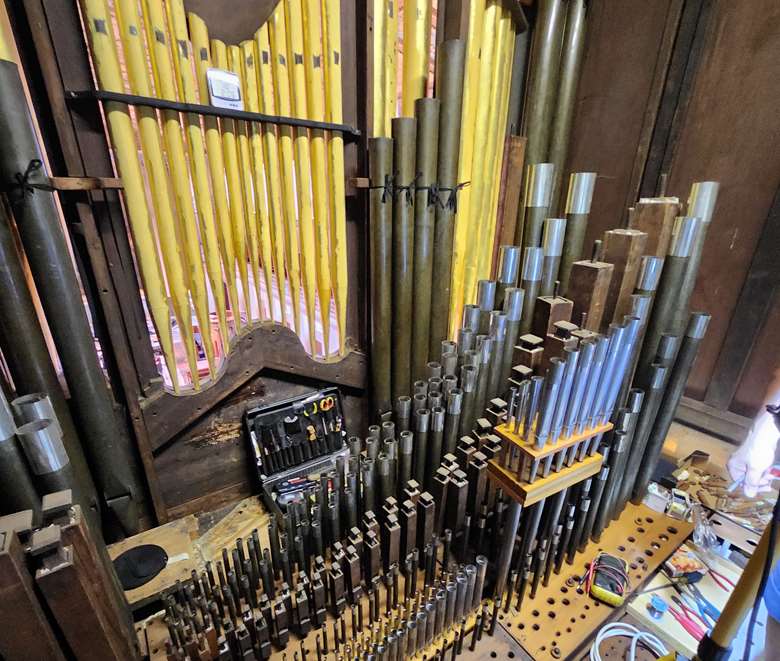Old Royal Naval College organ to be restored
Florence Lockheart
Thursday, October 17, 2024
The 235-year-old chapel organ is expected to be ready to play by Christmas after having been silent since 2020

The Old Royal Naval College (ORNC) in Greenwich has announced the restoration of its 235-year-old chapel organ, which has been silent since 2020. Work on the instrument in ORNC’s UNESCO heritage site’s Grade I-listed Chapel of St Peter and St Paul is expected to be completed in time for Christmas.
The instrument ceased to be used by ORNC in 2020 due to ‘unreliable performance issues’. Leading the donation-funded restoration are specialists Mander Organ Builders, known for projects including the rebuilding of the organ at St Paul’s Cathedral in time for the Queen’s Jubilee in 1977.
ORNC director of estates and conservation Mark Hosea said: ‘This project represents a significant step in preserving the Chapel’s musical heritage, and we are eagerly anticipating the moment when we can once again here the organ’s majestic tones, bringing joy and inspiration to all who hear it in the beautiful and spiritual place.’


Housed in a purpose-built gallery at the west end of the Chapel, the organ was installed by Samuel Green in 1789 and is understood to be the largest of Green’s still in its original position. Following the recommendations of organ specialist Nicholas Thistlethwaite, pipework will be removed from the organ, and it will be vacuumed, cleaned, and retuned. Protective blinds will also be installed in the chapel to shield the organ case and the Benjamin West altar painting from UV exposure.
Following ORNC’s philosophy of sustainable conservation, the goal of the restoration is to: ‘conserve or sensitively adapt the instrument, ensuring it can once again accompany the choir and congregation during services, while also being suitable for teaching, organ recitals, and other musical performances.’




